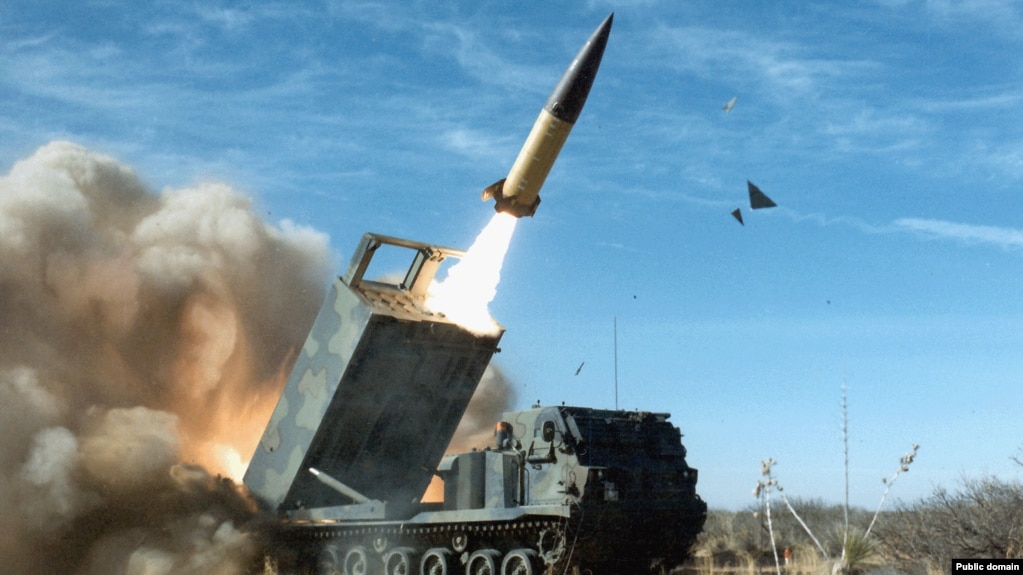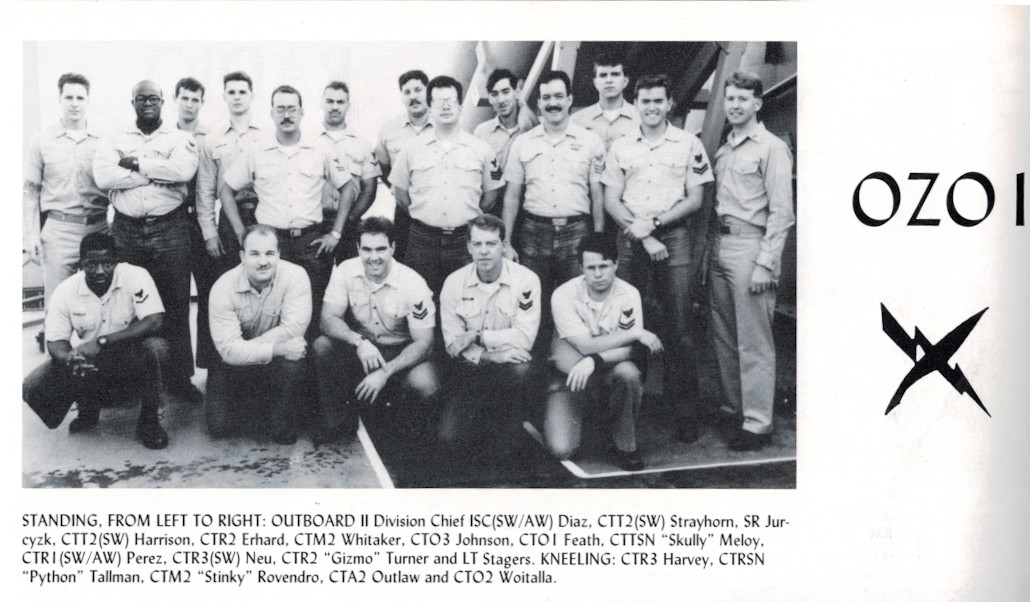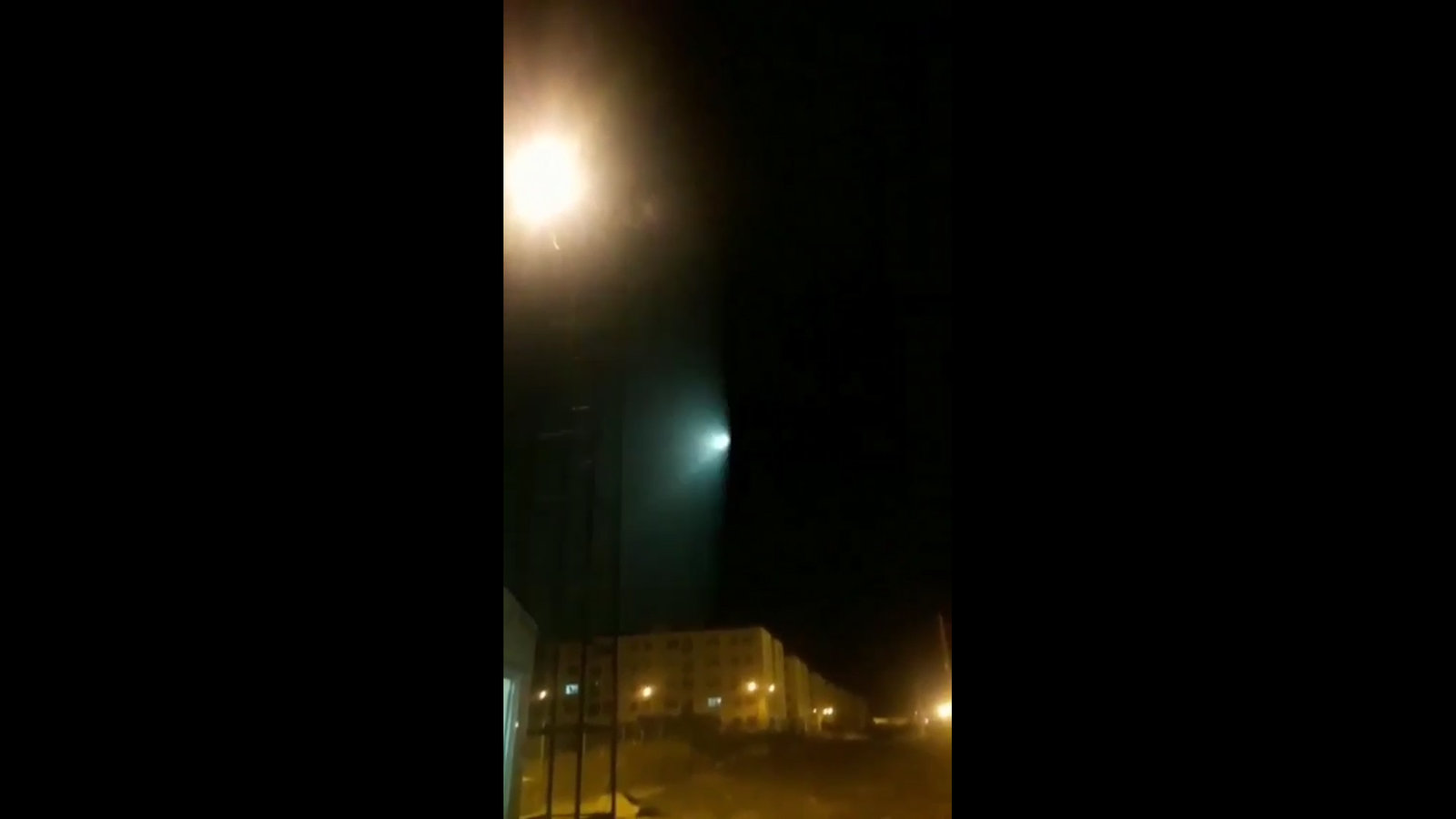There is now no place in Russian-occupied Crimea that isn’t safe from attacks from Ukraine. Let’s go.
Ever since Russian President Vladimir Putin launched a full-scale invasion of Ukraine in February 2022, his armed forces have pounded Ukraine with missiles and drones fired from the relatively safe confines of Crimea.
Following his occupation of the Ukrainian Black Sea peninsula in 2014, the Kremlin leader poured billions of dollars into militarizing Crimea, expanding bases and constructing depots and other infrastructure.Now fortress Crimea faces a significant new threat that could neutralize its crucial role in the 26-month-old war: U.S. long-range ATACMS, or Army Tactical Missile Systems. After nearly two years of hesitation, the United States earlier this month delivered versions of the powerful ballistic missiles that can travel 300 kilometers — essentially reaching any of the more than 100 military targets on the peninsula.
“The delivery of ATACMS is a big breakthrough. It could basically make Crimea militarily worthless,” Philip Karber, a Washington-based military analyst who focuses on Ukraine, told RFE/RL.
Source: With ATACMS In Hand, Ukraine Looks To Neutralize Putin’s Fortress In Crimea





